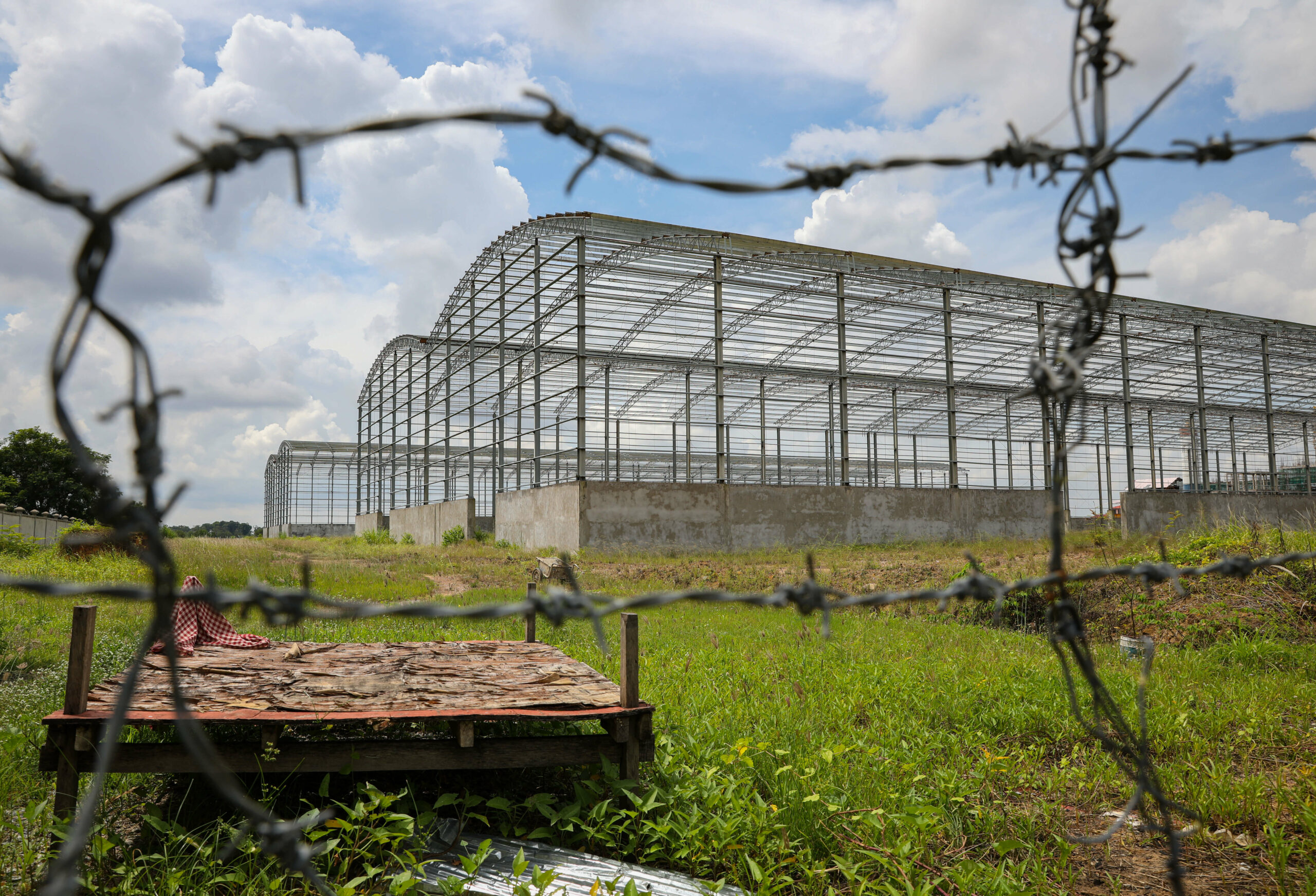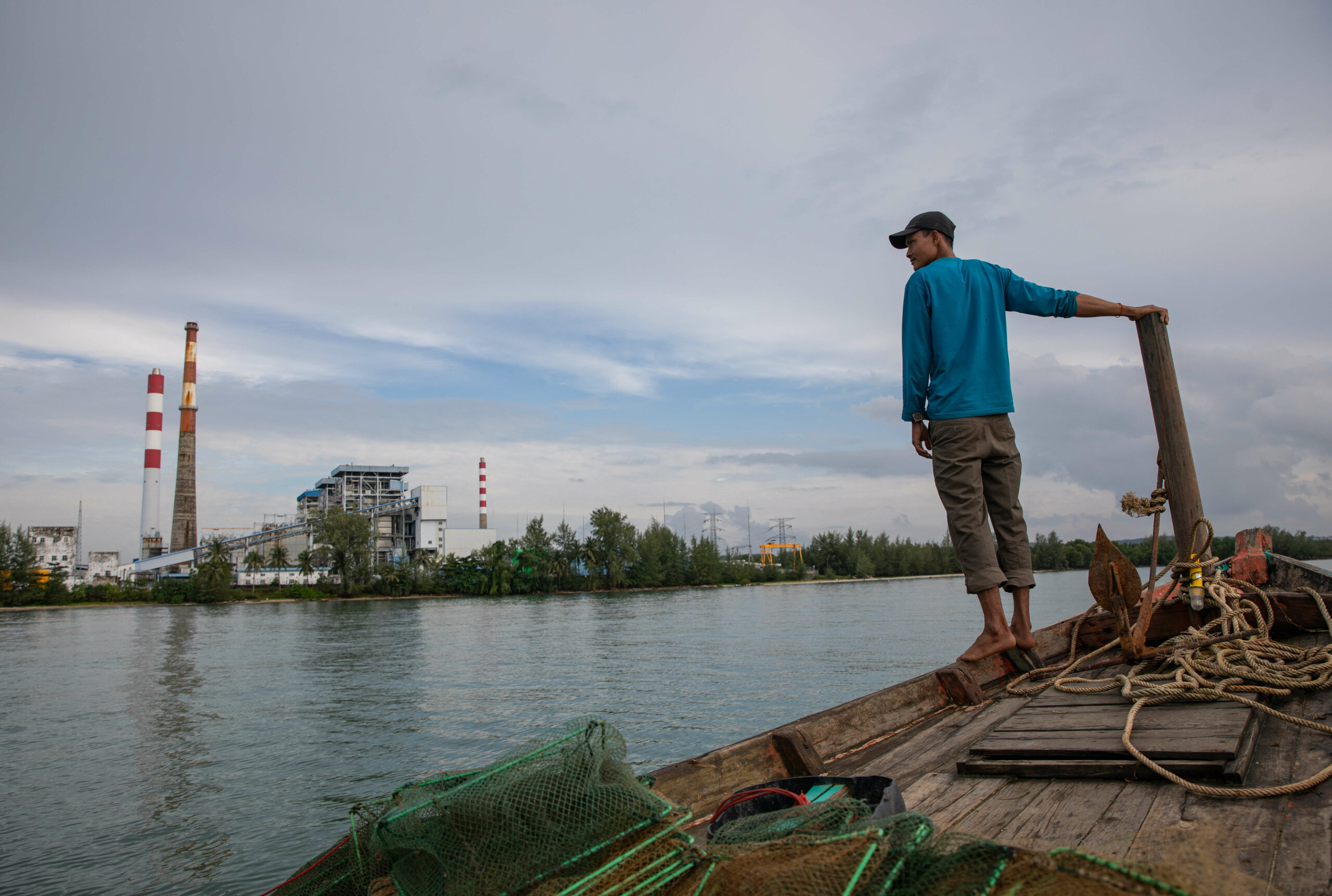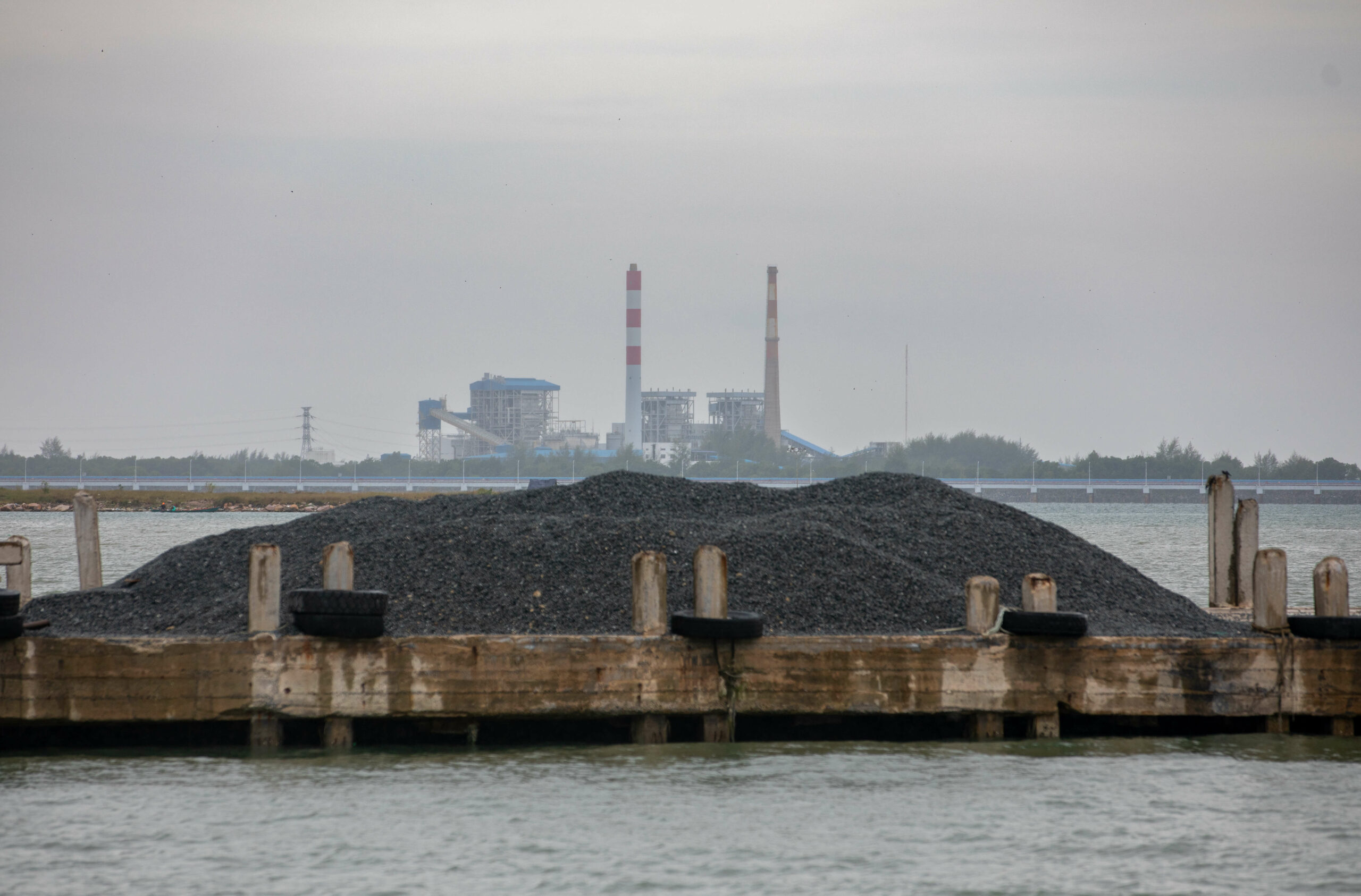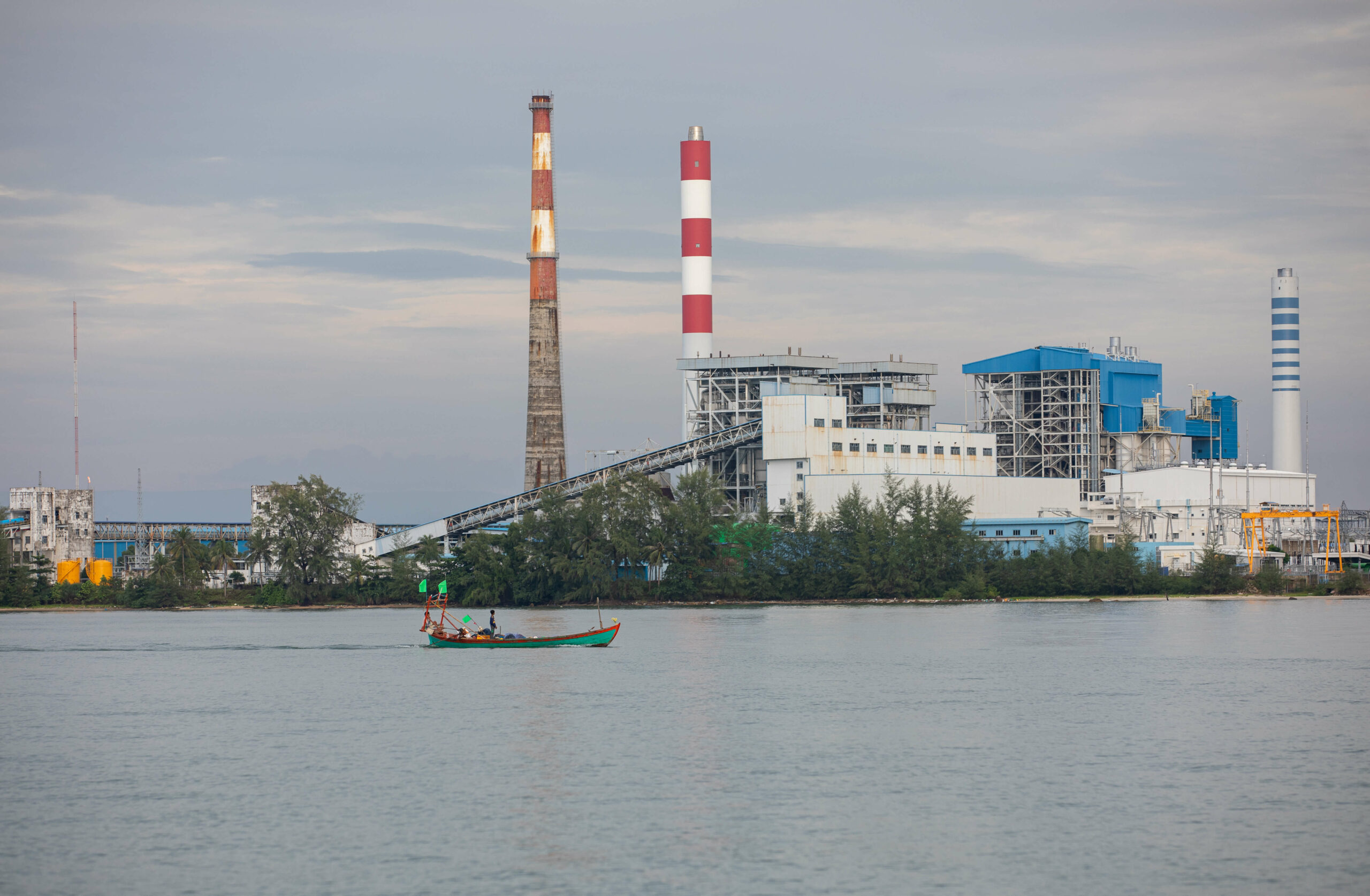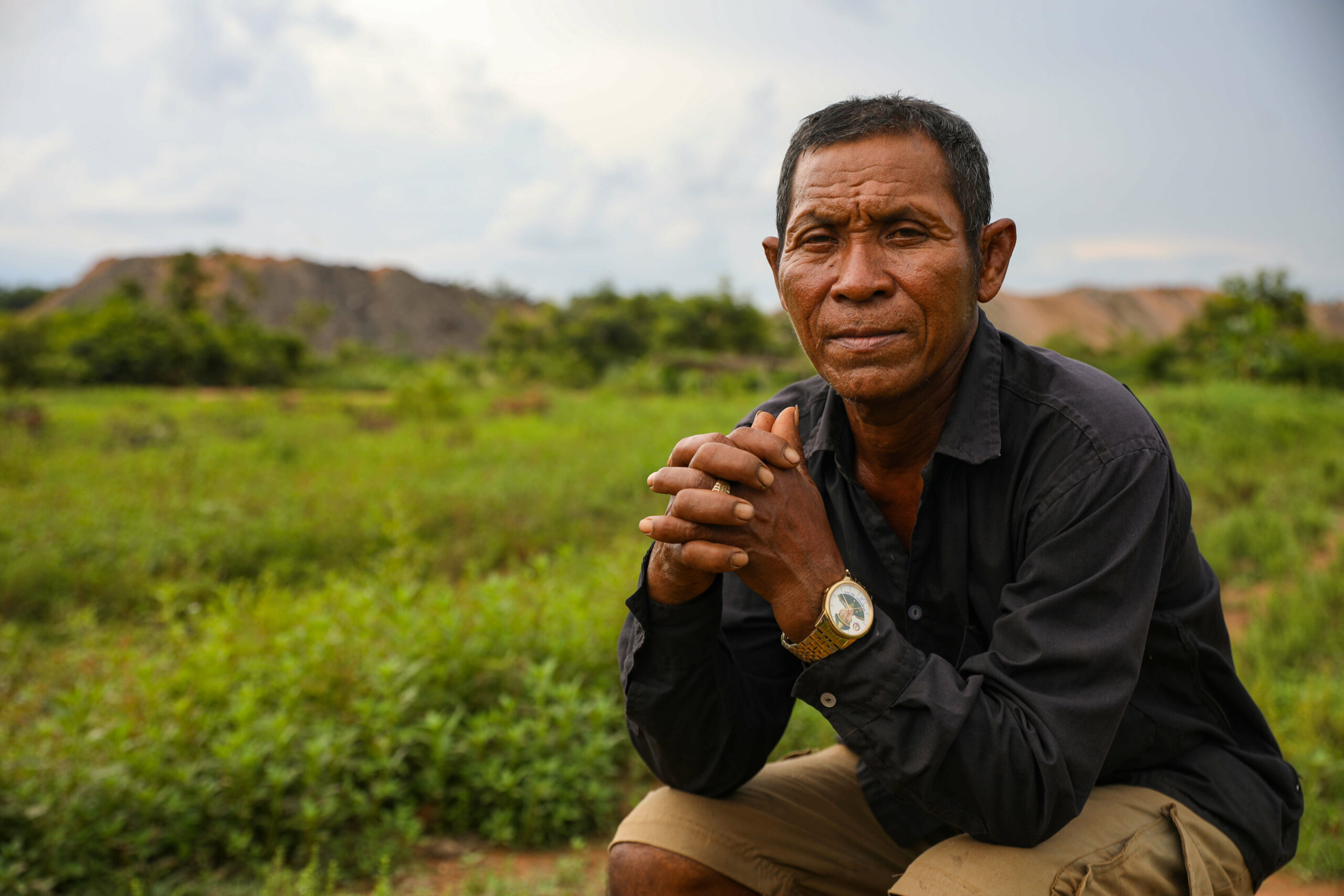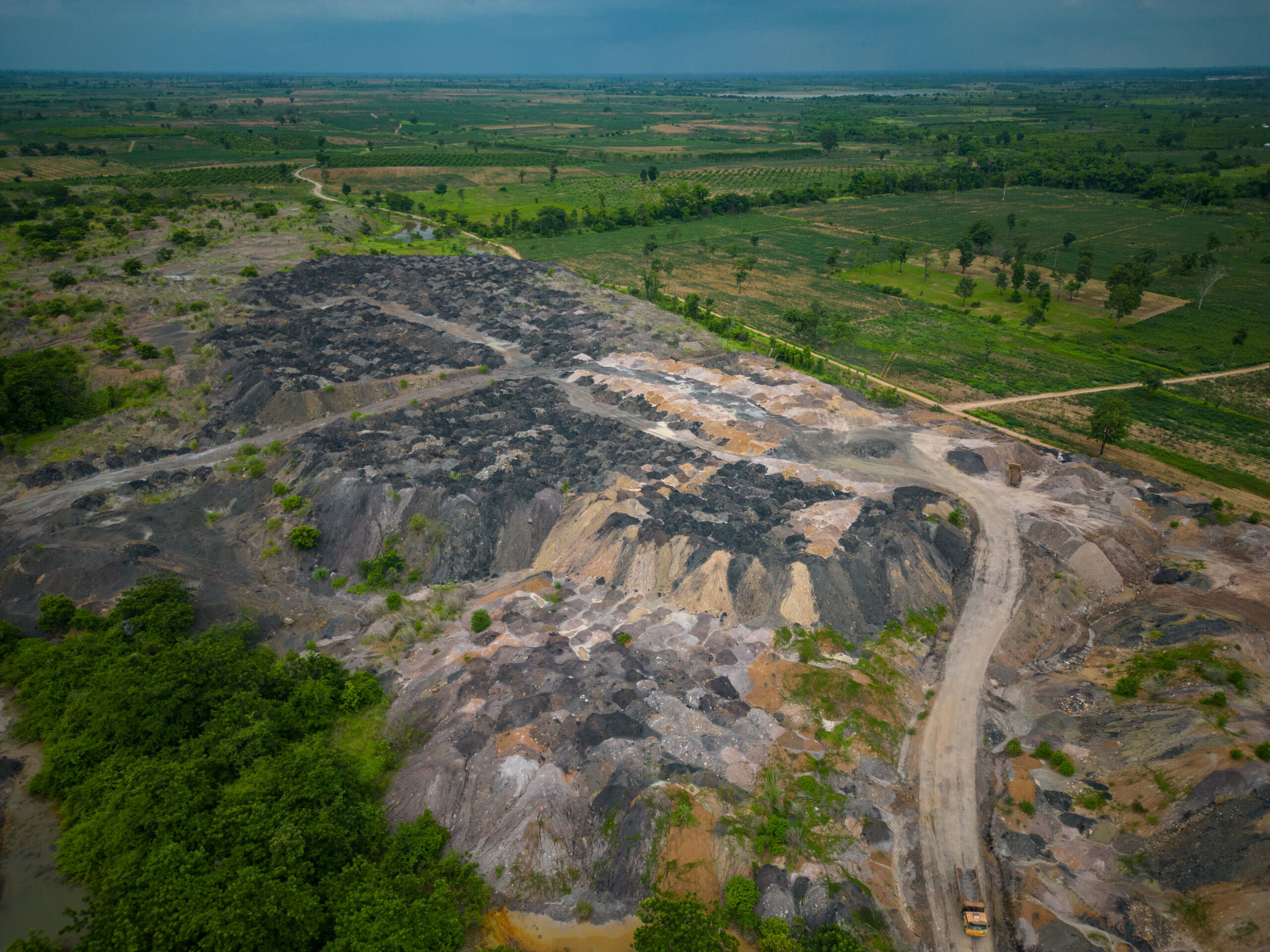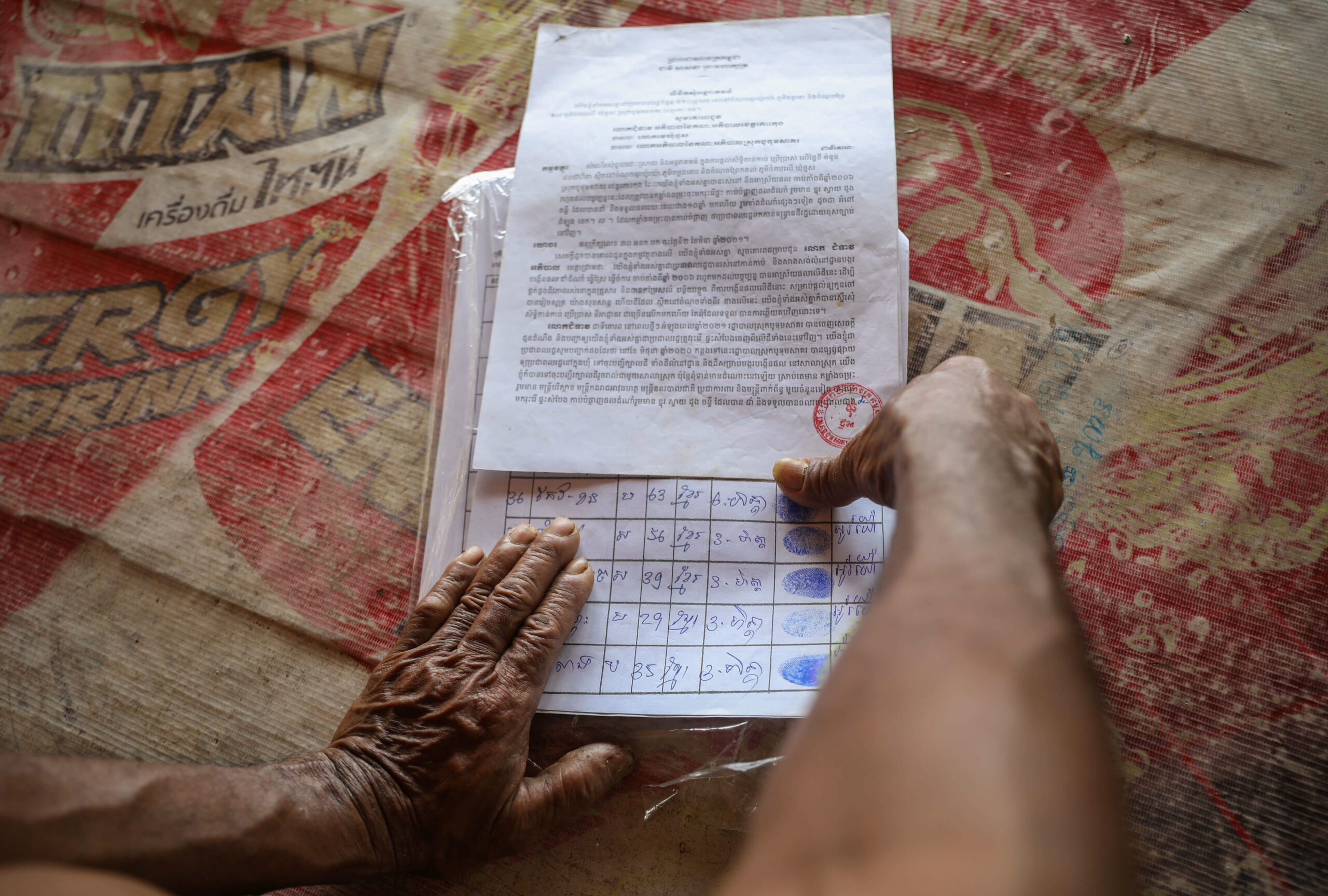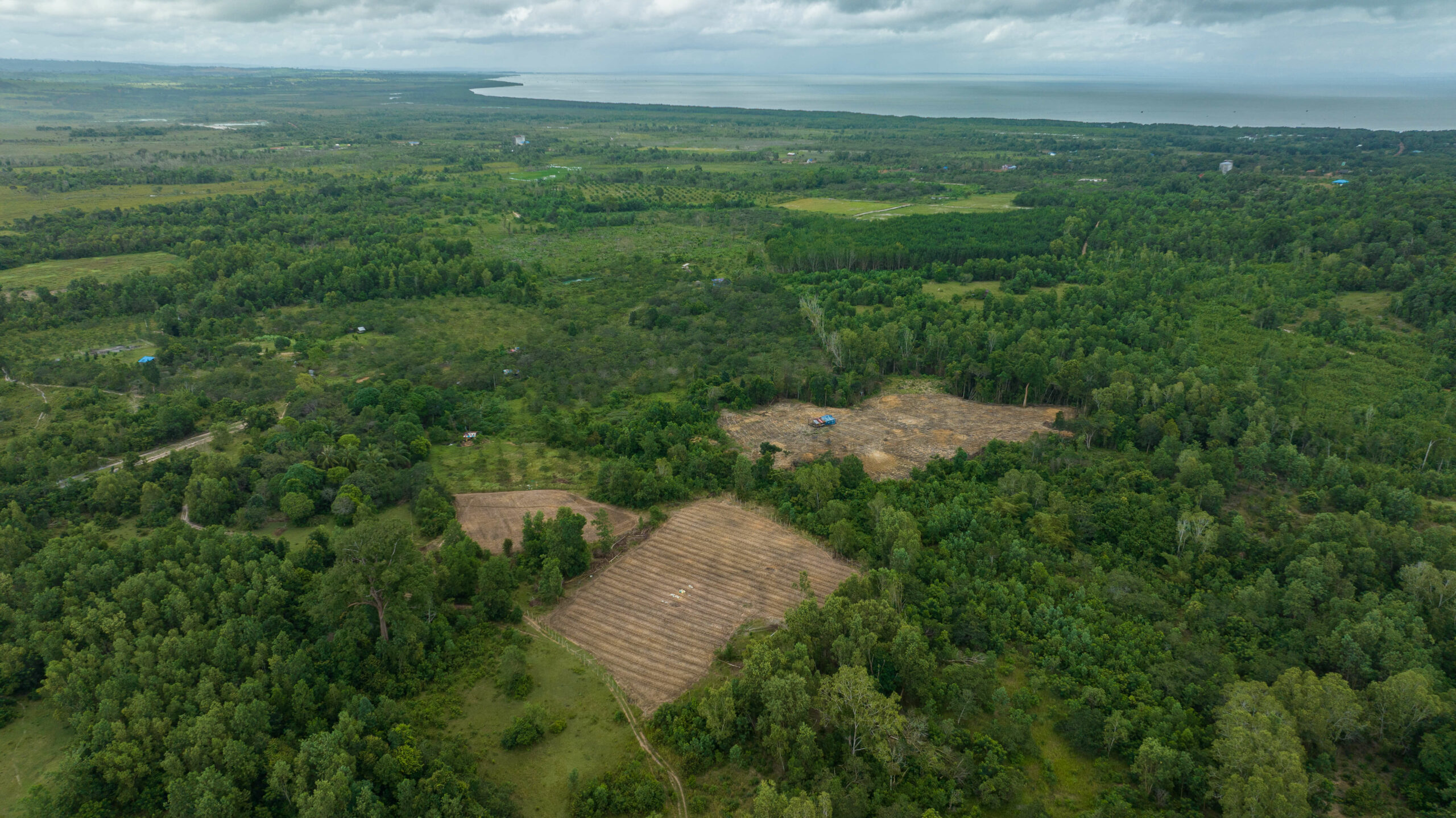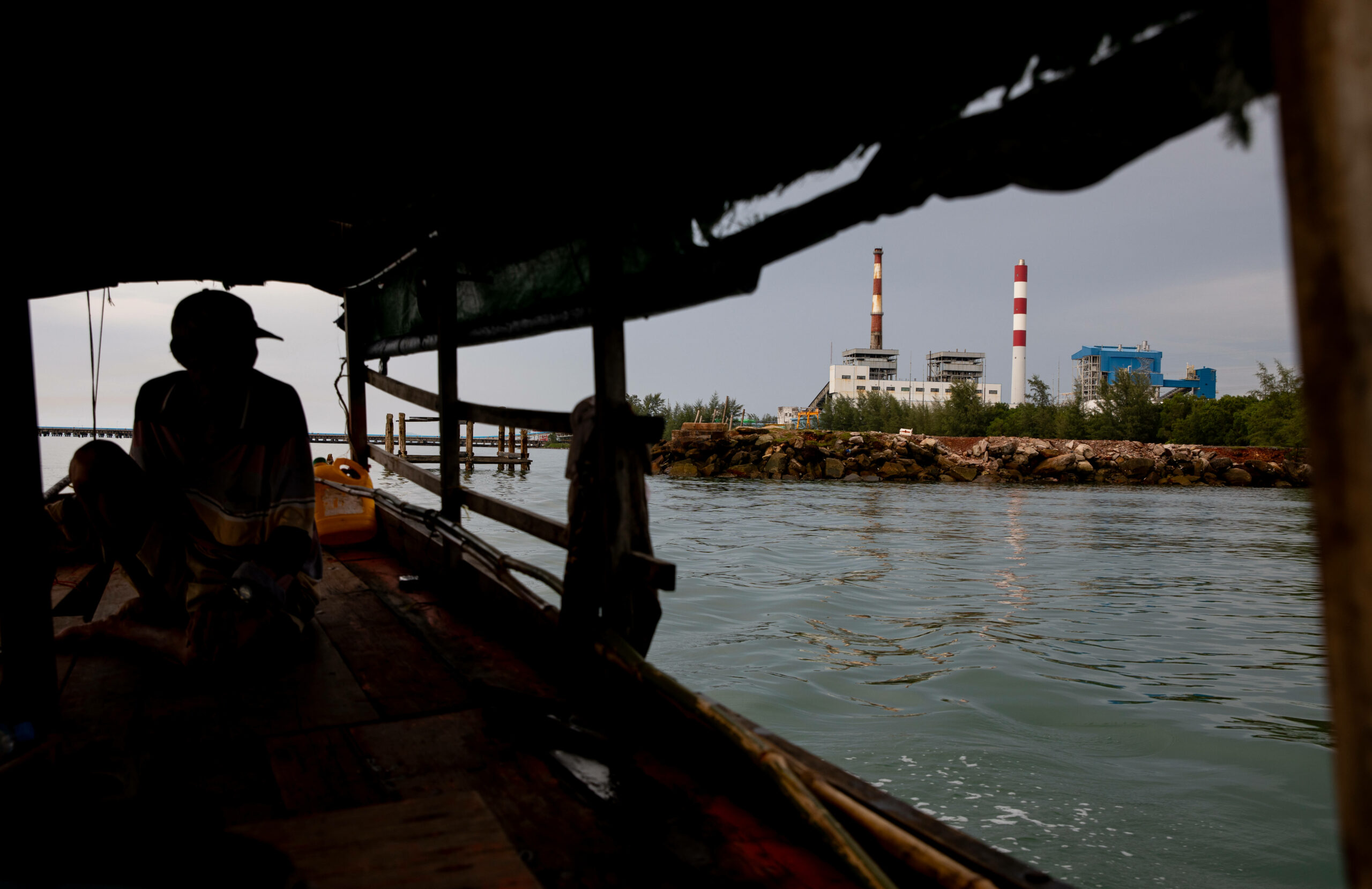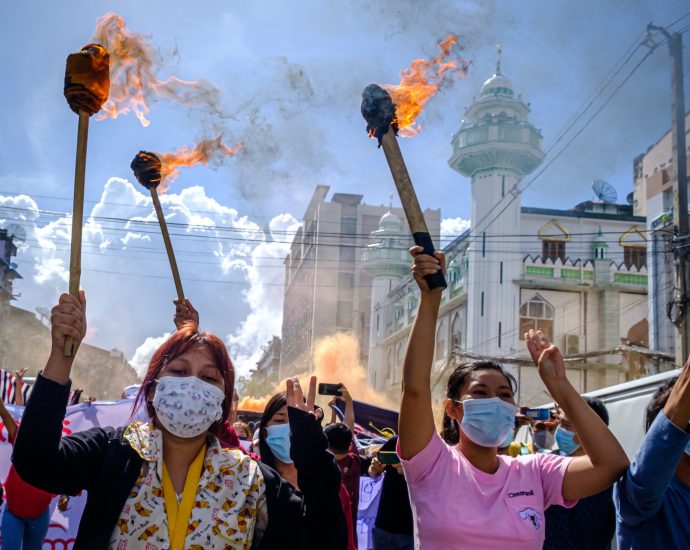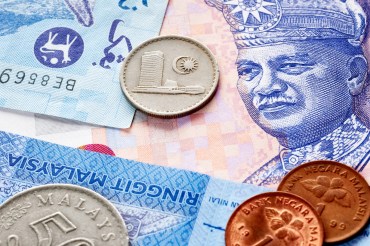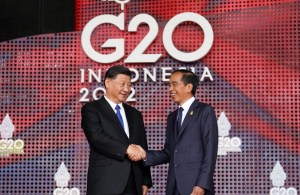Grabbing opportunities
Grab finally turned a profit in Thailand last year after focusing on sustainable growth and long-term strategies

After a decade of local operations, Grab Thailand finally achieved profitability in 2022, making it the first ride-hailing and food delivery service in Thailand to escape the red ink.
The company posted 15 billion baht in revenue and a profit of 576 million baht last year. It is the local company of Nasdaq-listed Grab Holding, a leading super app in Southeast Asia.
The operating strategy of Grab Thailand’s country head, Worachat Luxkanalode, focuses on sustainable growth and long-term strategies, which contributed to the company’s turnaround.
“We spent time over 18 months preparing for the turnaround and making the path to profitability that was achieved in 2022. The group profitability is targeted at the third quarter of 2023, a change from an earlier target of the fourth quarter,” said Mr Worachat.
His time in the top job hits a year in November. Prior to the post, he had worked as an executive director overseeing Grab Financial Group since 2019.
Mr Worachat attributed the company’s profitability to two factors.
The first is the power of the super app that creates a large customer base and the synergy of the diverse services across the app. Under its One Grab strategy, clients can access various services such as food delivery, ride-hailing and financial solutions.
The customers can also benefit from the service synergy. For example, food delivery customers can get a discount code they can use with its ride-hailing service.
The company also has its own service payment system, which helps it save costs.
The second factor is the company’s operating efficiency, with a focus on differentiating itself from rivals and changing customer behaviour.
One example is the offer of GrabUnlimited, a monthly subscription package that allows users to receive discounts. Membership helps it reduce heavy marketing and promotional costs.
The company has also adopted medium-to-long-term business strategies with sustainable growth in mind, away from the previous short-term strategy, said Mr Worachat.
“Grab Thailand is making its business more mature and patient rather than spending money on short-term growth,” he added.
The company has also cut its workforce as part of cost reductions.
The firm also wants to offer more food features, including the dine-in feature, self-pickup feature, and the group ordering service. Mr Worachat said the company had conducted research and tried new features.
The other key to success is the leveraging of resources of its eight operations, its understanding of the customers, and strong partnerships.
Mr Worachat had been working in banking for almost two decades and decided to work with Grab in the belief that it could help create a social impact, particularly a financial impact, by providing lower-interest loans to small and medium-sized enterprises and riders, away from loan sharks.
He said he also capitalised on his financial background to help the company trim costs.
Mr Worachat said he personally focuses on building relationships with partners and the public sector. He added that the management has to connect the dots faster and be able to read between the lines of a situation.
He said the most important thing is to make a decision and execute the right timing that will not impact the service quality.
“We need to keep calm and read between the lines rather than respond immediately to every stimulus,” said Mr Worachat.
To stay profitable, the company needs to grow based on both existing customers and new customers, he said.
“We’ll expand more geographic coverage deeper in districts to reach new customers while adding new services as choices for existing users in our ecosystem,” Mr Worachat said.
He declined to comment on speculation that Grab is among the potential acquirers of rival Foodpanda, saying the food delivery market will likely see consolidation because there are too many players.
This year, Grab Thailand expects to grow faster than the industry average. According to Kasikorn Research Centre’s forecast, the Thai food delivery market in 2023 will fall 0.6% year-on-year to 86 billion baht.
Mr Worachat said Grab Thailand will continue to focus on four core businesses: food delivery, mobility service, advertising business or Grab For Business, and financial services.
With the ability to use first-party data and personalise locations in the Grab platform, users can see the advertising and make orders near their location. This is a powerful tool for small restaurants that are not situated in prime locations.
Next year, the company will double down on the advertising business, Mr Worachat added.
In mobility service, he acknowledges that the market has new players. The company aims to provide more affordable services with quality and safety while increasing corporate user numbers.
Mr Worachat is confident that the company will still find growth in domestic travellers to offset the overseas travellers who are yet to rebound to the pre-pandemic numbers seen in 2019.
The bottom line is that the company will always keep operations efficient while maintaining service quality and customer loyalty.




